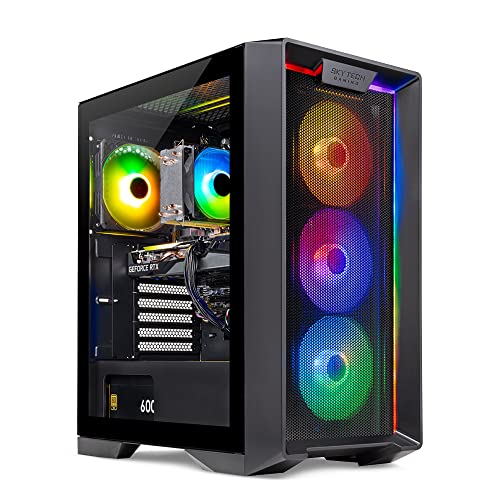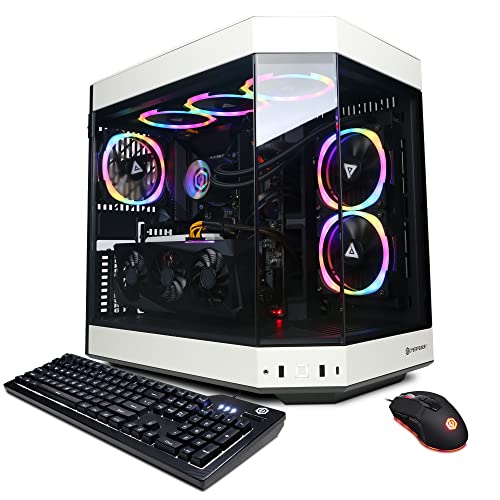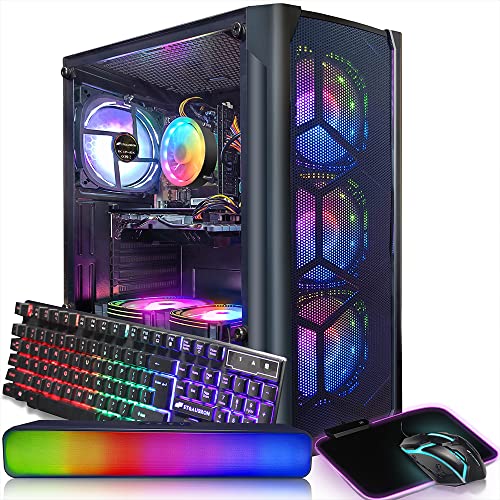**Introduction**
Imagine interacting with a digital environment that not only displays vivid augmented reality visuals but also responds with realistic tactile feedback. The convergence of AR and haptics is now making this possible. By integrating advanced sensory feedback into AR systems, PCs are stepping into a new realm of immersive interactivity. This article investigates how combining AR with sophisticated haptic technologies transforms the way users interact with digital content.
**Technological Innovations**
- **Haptic Feedback Integration:**
New actuators and vibration motors embedded in AR controllers and wearable devices provide precise tactile responses that mimic real‑world textures and forces.
- **Advanced Depth and Motion Sensors:**
Combining infrared depth cameras with inertial measurement units (IMUs) allows systems to map user motion accurately and adjust haptic feedback in real time.
- **AI‑Driven Sensory Adaptation:**
Machine learning algorithms analyze user interactions to fine‑tune haptic responses, ensuring that virtual objects feel natural and responsive.
- **Multimodal Input Fusion:**
Systems that blend visual AR overlays with haptic feedback and voice commands create a seamless, natural interface for immersive computing.
**Applications and Benefits**
- **Immersive Gaming:**
Gamers can experience a heightened sense of realism as haptics provide physical feedback during in‑game interactions, such as weapon recoil or terrain textures.
- **Enhanced Virtual Collaboration:**
Professionals interact with 3D models and simulations in real time, with haptic cues reinforcing virtual manipulations for better accuracy in design and training.
- **Improved Accessibility:**
Combining tactile responses with AR visuals delivers a more intuitive interface for users of all abilities, making computing more inclusive.
- **Elevated User Engagement:**
The tactile immersion deepens the overall interaction, increasing user satisfaction and productivity in both entertainment and work scenarios.
**Future Directions**
Future developments may see further integration of biometric feedback—such as skin conductivity and grip strength—to refine haptic responses even more precisely. Enhanced wireless standards and AI‑driven calibration will also help synchronize AR visuals with haptic feedback seamlessly, leading to entirely new dimensions in immersive interactivity.
**Keywords:** AR and haptics, augmented reality, tactile feedback, immersive interaction, multimodal input, AI‑driven haptics, virtual interactivity, AR controllers, sensory feedback
Convergence of AR and Haptics
Elevating Interactive PC Experiences
Related Articles
Essential High-Performance PC Components You Need Now
Upgrade your setup with the must-have parts for unbeatable gaming and productivity
Top Picks for Best High-Performance PCs
Find the perfect power machine for gaming, work, or creative projects
Your Guide to the Best High-Performance PCs
Find the Right PC for Your Gaming and Creative Needs
View our related products
See more






